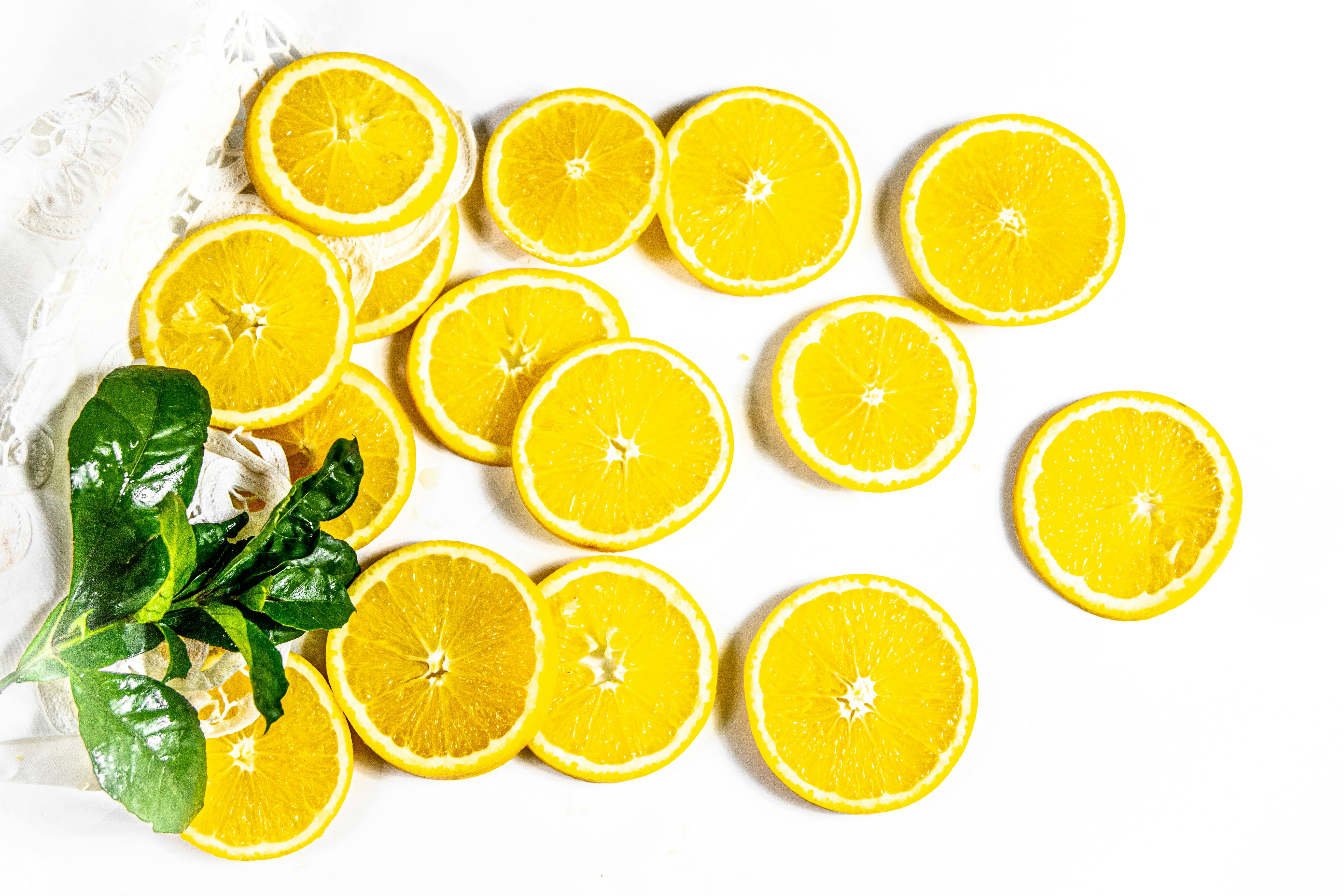
Discussion of the varieties of food and drink prescribed in the Nilamat Purana
admin
- 0
The Nilamat Purana is a very important book for Hindus living in the Kashmir valley. They very religiously follow various instructions prescribed in it. I was too eager to read the contents of the book and learned a lot from it. One of the themes that most attracted me to the book is the description of the different types of food that are essentially consumed during important religious ceremonies and rituals. In this article, I would focus exclusively on the food varieties discussed in it.
An important fact to note is that living beings are classified into different classes and are as follows:
a) Gods and Goddesses
b) Deities
c) Beings of the Naga Lok (family of serpents)
d) Demons (Asuras and Rakshasas)
e) Pisachas (Beings that can enter the bodies of human beings and perform bad actions)
f) Danavas
g) Yaksas,
h) Daityas
Subsequently, the consumption of food varieties also depends on this classification. There is a stanza in which it is clearly mentioned that there are beings consuming human flesh. The text is very old and literally and vividly gives the description of the formation of the Kashmir Valley and about the different types of beings that live in the respective place. It was amazing to discover that there were beings that depended on the flesh of human beings. These beings were called as the “FLESH EATERS”.
Apart from this, there are discussions about non-vegetarian food. This means that there were people who consumed non-human meat in various ways on their menu. Apart from this, there are clear indications that people who enjoy non-vegetarian food can invite their relatives, relatives, friends and neighbors for dinner and parties. There are special festivals where everyone can cook and enjoy non-vegetarian dishes. Consequently, this tradition is still followed in the Kashmir Valley (to date). People celebrate Shiva Ratri with non-vegetarian delicacies and prepare many dishes based on chicken, lamb and fish.
Much importance is given to PURE VEGETARIAN FOOD in the Nilamat Purana. The text talks about the various occasions, festivals, ceremonies and rituals in which the individual and members of the immediate family must take great care and prepare only vegetarian food. There are times when people need to take extra precautions so that food does not fall into the categories of impure, unclean, and irreligious in nature. The reason is that it has important repercussions on family members and also on future generations.
The different delicacies or items mentioned in the Nilamat Purana are as follows (I would not give the recipes for these dishes in this article):
a) Honey mixed with nectar
b) Milk mixed with nectar
c) Various kinds of fruits.
d) Edible offerings to the Gods and Goddesses
e) Krsara (rice mixed with legumes)
f) Cakes (sweet and savory)
g) Various types of Vegetables
h) Rice boiled in milk (different varieties of this are present)
i) Preparations of/from sugar cane
i) honey
k) Grapes
i) Grenades
m) Holy Basil
n) salt
o) Clarified butter
hair
i) Curd
a) milk
s) Five preparations of cow’s milk
t) Various kinds of beans (both roasted and undried)
u) Rice boiled in milk (differences occur when too much rice is mixed in a little milk, equal amount of rice and milk and more milk with less rice)
v) Semi-ripe barley
w) Sugar cakes covered with seeds (especially with sesame)
x) Gifts of salt
(y) Different types of grass and shrub roots
z) Varieties of legumes
We are not limited to vegetarian and non-vegetarian food in the Nilamat Purana. There are also clear discussions about alcoholic and non-alcoholic beverages. The religious text does not restrict individuals from consuming alcoholic beverages. Give a vivid description where people are essentially consuming the alcoholic beverages and inviting others to indoor and outdoor parties. There are times when family members necessarily indulge in such preparations and are asked to enjoy themselves. It is a religiously correct action.
A very special mention is made of “new wine on snow” in the Nilamat Purana. In this description, it is clearly specified how a person should dress and sit outside in the snow to enjoy the wine after the first snowfall. This is not restricted to a single individual. However, it is a joyous time to invite family and friends to be together and be happy.
AUSPICIOUS AND NON-AUSPICIOUS DRINKS are also mentioned. There are certain instructions provided as guidelines for the consumption of the beverages. These must be consumed on the days and times specified only. Otherwise, the consumption of such drinks would be labeled INAUPICIOUS.
Other foods mentioned in the text are the following:
1) Half Ripe Barley Oblations
2) Food preparations of semi-ripe barley plus purified butter
3) Special meals must be prepared with animal meat.
4) You have to eat special food on certain occasions
5) The death anniversary called Sraddha should be celebrated with preparations of the vegetables.
6) Preparations of flour cakes (different types of flours are mentioned in different places)
7) White mustard powder
8) Purified butter
9) Eat butter and purified milk preparations
10) Preparations from large amounts of rice mixed with legumes
11) Dish with rice mixed with legumes
12) Food consisting of pious offerings
13) Caru (grain boiled in milk or butter or water)
14) Caru must be prepared from all grains
15) Edibles made from mixed honey
16) Rice of various types
17) Edible offerings for Sankara (Lord Shiva) – animals must be made of flour
18) Half-ripe barley flours
19) Sesame Covered Sugar Cakes (Black and White)
20) Cereal Wreaths
21) Meals consisting of a medicinal plant Parpata (Fumaria parviflora)
22) Special preparations of cow’s milk
23) Triangular-shaped edibles made from ground Phaseolus Mungo (mudga)
24) Food preparations of husked or unhusked rice
25) The moon must be worshiped with the meat of animals born in the water
26) Various types of meat pies
27) Dishes made with non-vegetarian food
28) Fish
29) Special food for dogs
30) Solid foods
31) Sweets
32) Cakes
33) Dry food
34) Groceries that last a long time
35) Special drink containing flowers of Rage
36) Ripened Barley Dishes
37) Black sesame or other sesame mixed with honey
38) Barley foods cooked in the proper procedure
39) Various types of ground roasted beans
40) Roasted ground beans mixed with milk
41) Foods cooked with snow, sugar, green vegetables
42) Foodstuffs made from barley and wheat.
43) Edibles mixed with cow’s milk
44) Foodstuffs made from barley together with preparations from cane sugar, pepper and purified butter
45) Pumpkins
46) Rice mixed with sugar and preparations of all other grains
47) Dishes prepared from ground roasted grains
48) Curry of Bauhinia variegate (kovidara or kachnar) and feronia elephantum (kapittha, kath bel, kabeet or kaitha or velugu pandu)
49) Foods mixed with sugars
50) Saffron
51) Drinks of various kinds
52) Food mixed with curd
53) Meals consisting of grapes
54) Dishes prepared with boiled rice and mixed vegetables.

